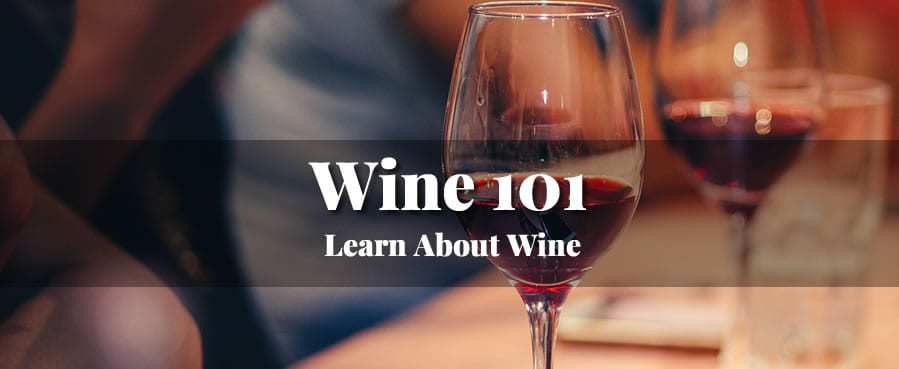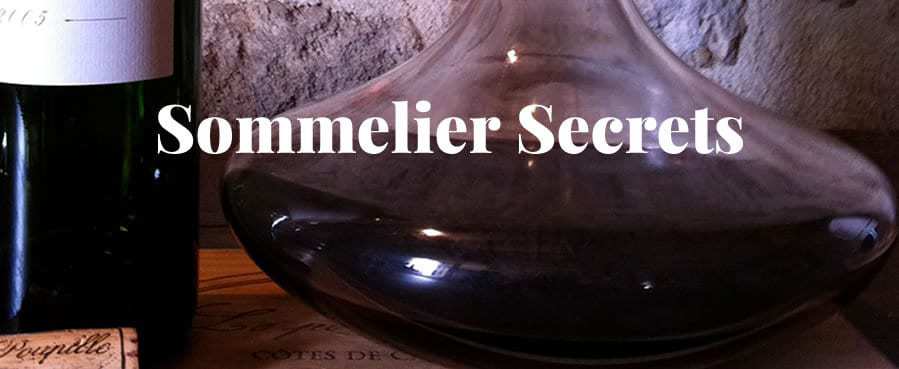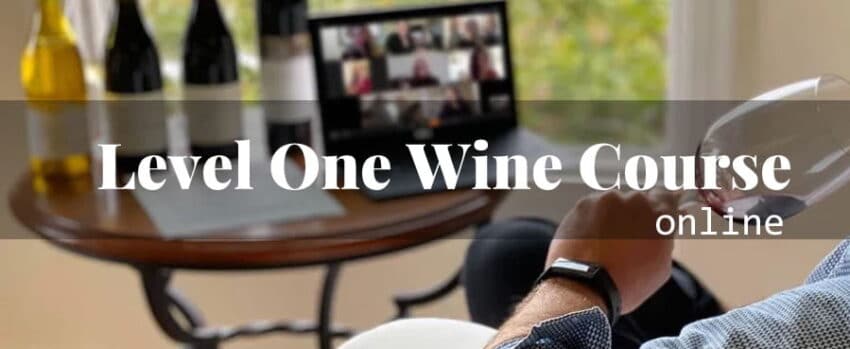Does wine intimidate you? It shouldn’t. There are some wine basics you should know. Once you’ve reviewed this page, you’ll be in a better position than ever: enjoying wine rather than worrying about your lack of wine knowledge. If you live in the Philadelphia area, you can learn about wine the fun way. We offer several introductory wine classes.
Wine 101
In Person
Featured
The Wine 101 Guide
Decode the Wine Label
Wine labels have a lot of information on them. Some of it is critical to understanding what is in the bottle, and some is just blowing smoke. There are five essential elements to a wine label.

- Winery Name (Producer)
- The region: where the grapes were grown.
- The grape varietal, usually.
- The vintage year: The year the grapes were harvested.
- Alcohol by Volume (ABV)
There is a significant difference between OLD WORLD and NEW WORLD wine labels. Countries producing wine for centuries (the Old World) don’t tend to put the name of the wine grape on the label. Of course, there are exceptions to the rule, but for the most part, you can assume that wines from Italy, France, Spain, and Portugal won’t list the grapes on the label.
Wine 101: The Major Wine Grapes

Did you know there are over 10,000 different types of wine grapes? Even a Master Sommelier can’t memorize them all. Good thing you don’t have to. There are only ten grapes you need to know. Why? Because over 95% of wines are made from these grapes.
Remember that the grape names, especially European wine, aren’t always listed on the label.
- Riesling
- Pinot Grigio
- Sauvignon Blanc
- Chardonnay
- Sangiovese
- Pinot Noir
- Grenache
- Syrah
- Merlot
- Cabernet Sauvignon
Don’t worry about buying a ton of wine books just yet. If you’re serious about wine, it’s better to taste many. We aren’t suggesting binge drinking: Wine groups, tastings with friends, and (most importantly) wine classes are your best avenue to learning about wine. You can also read about all the major grape varietals.
Level One Wine Course
The best-selling online wine course!
Wine 101: Tricks of the Wine Trade
There are a few tricks sommeliers do to ensure any wine tastes better when it’s served. Try them at home.
- Decant Red Wines. Giving wine some air is going to increase its flavor.
- Serving temperature is critical: Serve reds at 70 and Whites at 55 degrees Fahrenheit.
- Wine always tastes better with cheese and worse with fresh fruit.
- Throw in some snob appeal. Studies show people like wine more when they think it’s expensive. Tsk, tsk: that’s cheating!
Want to be a sommelier? It doesn’t matter what sommelier certification program you sign up for. The three major ones are the Wine & Spirit Education Trust, the Court of Master Sommeliers, and the National Wine School. All three offer the same certification and qualifications. They use different trademarked terminology. Master Sommelier? Master of Wine? Master Diploma? They are all equal to the same level of federal certification. Want to learn how to become a sommelier?
The 411 on Wine Ratings
Ever wonder how some wines get 84 Points, and some get 92? Ever wonder if wines taste better if they have a higher rating? Here are a few sobering pointers on wine ratings:
- Four of the six major wine publications use the 100-point scale.
- The scale judges correctness, not tastiness.
- Ratings for the exact wine are often wildly contradictory.
- The lowest rating possible is 50 points; very few earn over 94 points.
- The majority of people prefer wines that are rated between 74 & 89 points.
- Several critics have been accused of trading good ratings for payoffs.
Did you know that over 80% of wine drinkers prefer lower-rated wines? High ratings don’t mean a wine is more delicious; A 90+ rating doesn’t mean the wine tastes better. Ratings are designed to reflect if a wine is varietally and regionally correct. This is important for sommeliers and the wine trade but not necessarily great for a person simply looking for a tasty bottle. For the full scoop, check out our post on wine ratings.
Wine 101: The Important Wine Regions

Know you know the major grapes? First, let us talk about wine regions. There are thousands of places where wine is grown, but the current top ten wine regions are here. We’ve included the top grape varietals grown in each place. For an in-depth read, check out our wine regions of the world article.
- Bordeaux, France (Cabernet Sauvignon and Merlot)
- Tuscany, Italy (Sangiovese)
- Rioja, Spain (Tempranillo)
- Burgundy, France (Pinot Noir and Chardonnay)
- Piemonte, Italy (Nebbiolo)
- Napa Valley, California (Cabernet Sauvignon and Syrah)
- Rhone, France (Grenache and Syrah)
- Southern Australia (Grenache and Syrah)
- Mendoza, Argentina (Malbec and Cabernet Sauvignon)
- Mosel, Germany (Riesling)
Frequently Asked Questions





